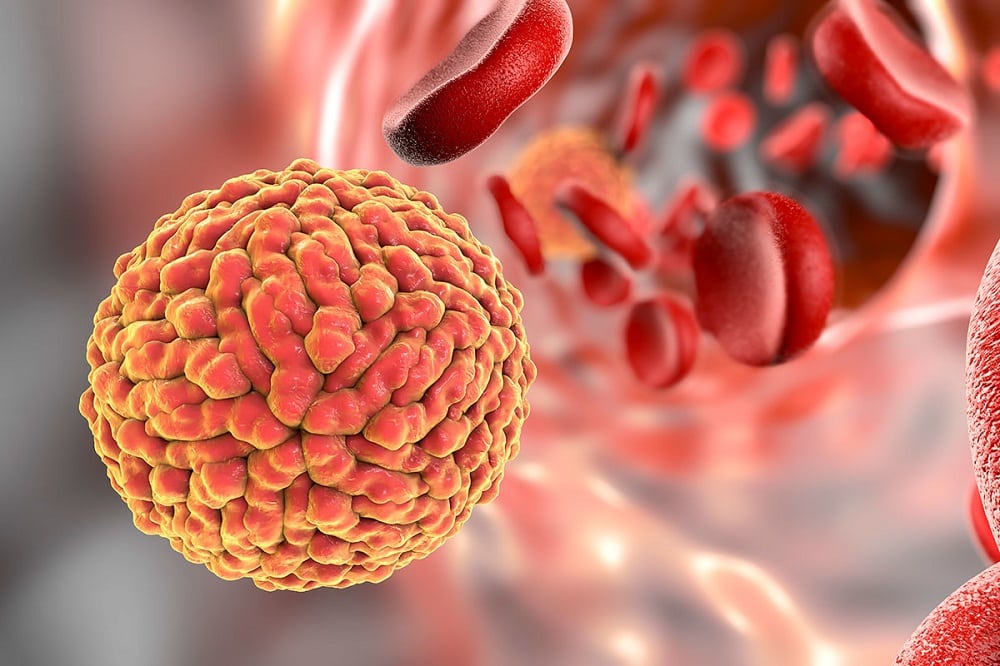Microbiome Could Help Predict Development of Cancer-Related Blood Infections
Microbiome: we live in harmony or at least indifference with the vast majority of these microorganisms. That’s for the best – the American Academy of Microbiology estimates that you may have as many as ten times the number of non-human cells in your microbiome as you have human cells in your body. In other words, you are composed of more them than you.
Now, a new study exploring possible indicators of cancer-associated blood infections has named microbiome to be a helpful determining factor.
It may be that an imbalanced microbiome along with a leaky gut and not an unhygienic central line is the cause of some bloodstream infections.
“Basically, we wanted to see if the composition of a cancer patient’s microbiome could predict who would go on to develop bloodstream and Clostridium difficile infections,” says Bryan Nycz, third year medical student at the CU School of Medicine and the paper’s first author.
The study involved the collection of 42 patient samples. These samples were collected during a 2012 outbreak of Clostridium difficile (C. diff). First, in this population, the composition of the microbiome differed based on a patient’s type of
cancer and type of treatment – in other words (and as expected), the location and type of cancer, along with cancer treatments like chemotherapy and antibiotics, affected the diversity and makeup of patients’ microbiomes.Additionally, as expected, the microbiomes of patients who had received bone marrow transplants and subsequent therapies were most affected.
Second, the composition of a patient’s microbiome did not necessarily predict which patients would develop C. diff infections.
However, the scientists point out that the relatively small sample size may have contributed to not discovering a significant connection between microbiome composition and C. diff infection.
Third, the composition of a patient’s microbiome did, in fact, predict whether that patient would develop a blood infection. Specifically, the six patients who developed bloodstream infections had significantly reduced microbiome diversity than patients who remained free of infection. Additionally, when Nycz and his scientific mentors examined the types of bacteria implicated in these infections, three of the six patients who developed bloodstream infections had been infected with types of bacteria that were specifically abundant in their microbiome samples.
Historically, the widely-accepted term for this type of infection in pediatric oncology patients is “central line associated bloodstream infection” or CLABSI. However, the current study argues that not all bloodstream infections in this population are introduced via central lines and that CLABSI may thus be an inaccurate term to describe these infections.
“It’s way too early to suggest that pediatric oncologists make predictions or manipulate patients’ microbiomes,” says Nycz. “But our results add to a growing body of literature suggesting that the microbiome matters during cancer treatment. In this case, microbiome diversity and composition may help us identify patients at greater risk for blood infections.“






























